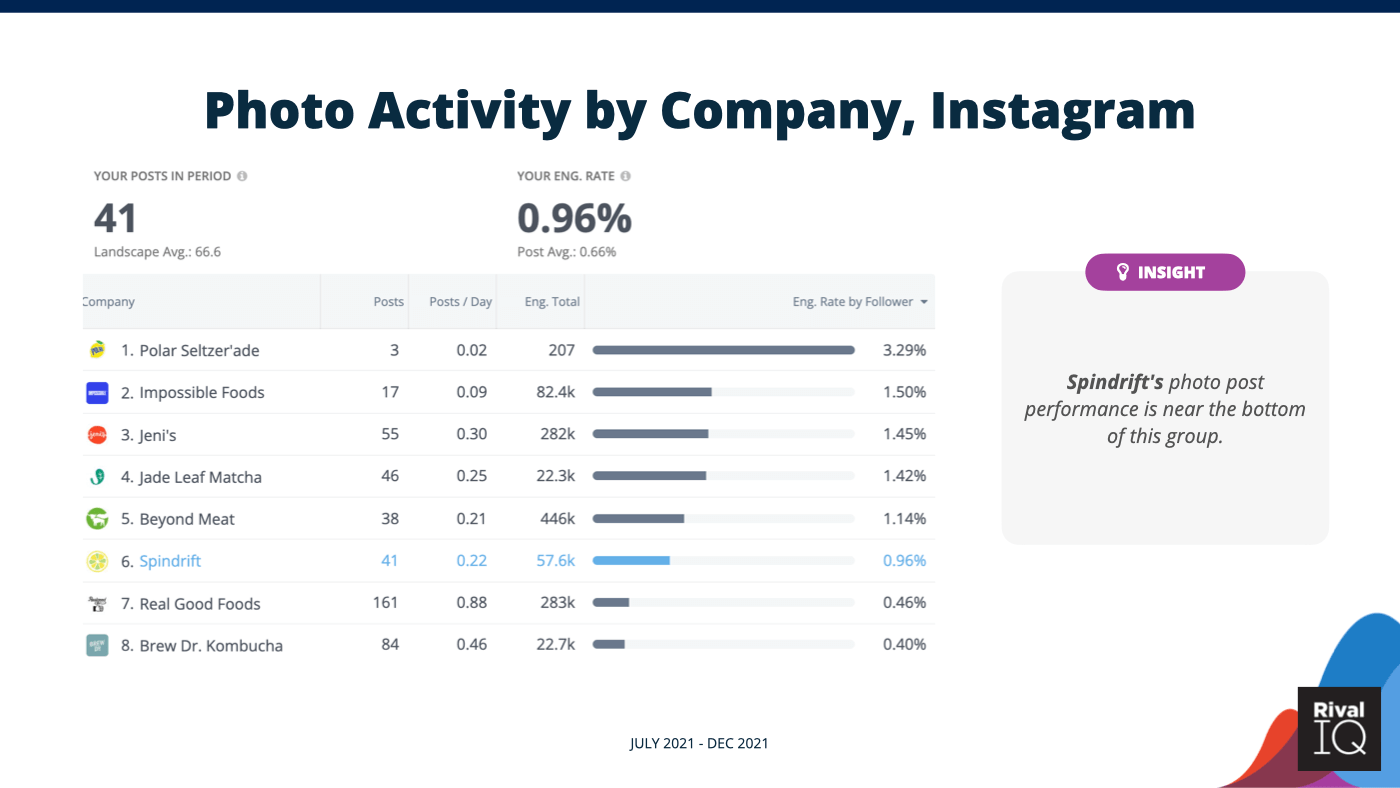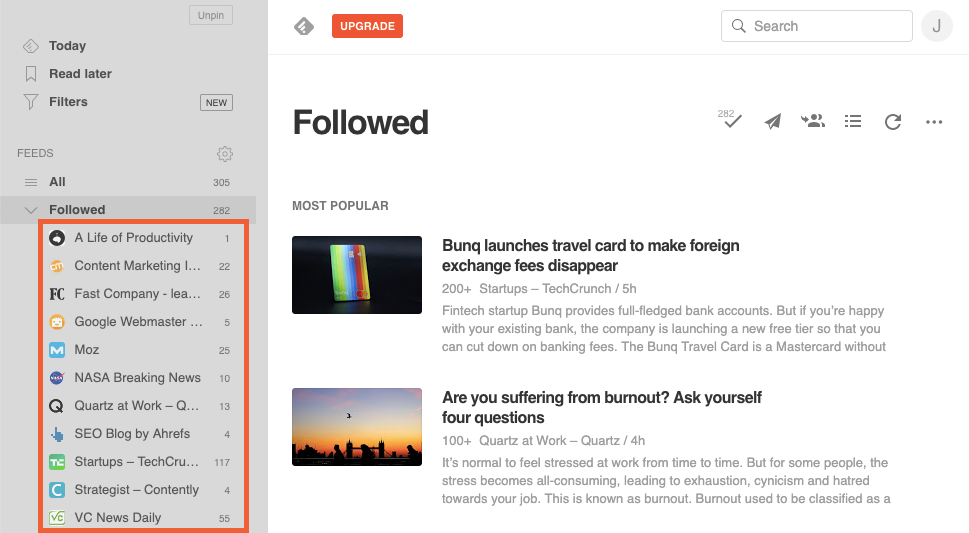
What is the buyer channel? How does it work? There are several stages in the buyer funnel, each one with its own unique challenges and opportunities. Knowing the stages will help you plan your funnel, and allow you to measure the success of each stage. Below are some tips to help your buyer funnel succeed. These steps will assist you in turning visitors into customers. You should also track ROI. These are the most important stages in the buyer's journey.
Stages of the buyer’s journey
The buyer's journey has three stages. Each stage requires marketing material that is relevant to the buyer. During the first stage, the buyer becomes aware of a problem. They begin researching the issue. After identifying the problem, they decide whether to seek a solution. This is the stage where the buyer provides actionable data that can help to improve the relationship. You can send them emails regarding the maintenance schedule of heavy-duty machines, or customer service, for example, if they bought one. The buyer may also be informed about any additional products the company sells.
Following the awareness stage, the consideration stage. The buyer researches solutions and understands the problem. They might be looking for information to alleviate the problem or making a purchase decision. Buyers may look at other options, such as your product, and then seek out customer reviews and ratings in order to make a decision. The buyer may also be looking for coupons.

The impact of each stage
To measure the impact of each stage within the buyer funnel, it is important to first define the meaning of each stage. This is done by defining the needs of each buyer and identifying the challenges or problems they face. In this stage, it's important to make the solution obvious, as well as the benefits of your solution. Your solution should also be evaluated against other solutions.
Once you have established your target audience, you can begin to measure the effectiveness and efficiency of each stage. This involves measuring high-funnel lead production, time spent on your website, and branded searches volume. Depending on your sales cycle, you may even want to measure the impact of your top-funnel marketing efforts on building audiences. Bottom line, the more you measure the impact on each stage of a buyer funnel, the better your business's chances of having an active sales channel.
Measuring ROI
It can be challenging to calculate the ROI of buyer channel sales, especially for those in industries that have long sales cycles. While the close time can be anywhere from 2 weeks to 10 years, there are steps you can follow to make it easier. This guide will help you track ROI and increase conversion rates in your online marketing campaigns. Whatever industry you work in, measuring ROI is a great way to make informed decisions about your company. Here are some tips to get you started.

The buyer's perspective is the best way to measure marketing ROI. A buyer funnel helps you do this. It is crucial that you understand how each touchpoint influences the purchase and how it affects the overall ROI. DemandJump's measurement tools help you account for each touchpoint and determine your ROI. Start using it immediately with a free trial.
FAQ
What is strategic content marketing?
Content marketing is the art of creating content that people can share across different channels. It's all about giving people exactly what they want. This understanding is key to the success of any company.
Strategic Content Marketing gives you the ability to provide exactly what your clients need at precisely the right time.
To understand people's interests and their thinking, you must first get to know them. Then, create high-quality content to answer their questions and solve their problems. This builds trust and loyalty, and makes sure you're always available when they need your product/service.
Why is content so crucial?
Every digital marketing campaign must include content. If you want to attract new customers, then you need to create valuable content for them. Blogs are the best way of doing this. Blogging helps you build authority in your niche, which makes you more trustworthy. Trustworthiness creates credibility which can lead to higher search engine ranking. You get organic search traffic when you rank highly.
What is content marketing?
Content Marketing is a way to create engaging, valuable content that offers value.
You build relationships with your audience by providing useful information, solving problems, entertaining, or engaging them. People respond well to positive messages from brands they know and trust.
They enjoy reading interesting things. If you write interesting content, readers will continue to return for more.
Your content should encourage people to take actions - such as buying your product or signingup for your newsletter.
The key to successful content marketing is to write compelling copy that engages your target market and provides them with the information they want and need.
Statistics
- Out of the 1,500 marketers we surveyed for our State of Content Marketing report, 78% who felt their content marketing strategy was exceptionally effective in 2021 had documented their strategy. (semrush.com)
- Forty-seven percent of buyers view 3 to 5 pieces of content before engaging with a sales representative. (mailchimp.com)
- We found that 40% of businesses don't have a documented strategy yet. (semrush.com)
- According to our research, 65% of companies with very successful content marketing in 2021 ran content audits at least twice a year. (semrush.com)
- Content marketing produces 3X more leads per dollar spent. Content marketing costs 62% less than traditional marketing. (criteo.com)
- An example of an overarching goal could be: "In 2022, we want to achieve a 20% increase in revenue created by organic content and generate 15,000 MQLs with a budget of $30,000." (semrush.com)
- This marketing strategy landed Ford a 15.4% conversion rate. (neilpatel.com)
- According to research compiled by Coschedule: Companies that publish 16+ blog posts a month get as much as 3.5x as much traffic as those that publish 0-4 posts a month. (criteo.com)
External Links
How To
Infographic Design Tips for Content Marketing
Infographics are a powerful way to simplify complicated concepts, and make information easier to understand. You should use infographics to spread the message about content marketing.
For creating an infographic you'll need software such as Adobe Illustrator and Photoshop. These programs are great for creating infographics. After your design is complete, you can upload images from Unsplash and Pixabay to your design.
Looking at other infographics online can help you get ideas. A picture of a food Pyramid could be used to show how many calories each food has. You might also want to calculate how many calories are in soda pop. This can be done by taking a picture with a bottle of Coke.
Once you've designed your infographic, you can share it through social media channels like Facebook and Twitter. This makes it easy for people unfamiliar with the concept to learn. In order to make others see your infographic, use hashtags when you post it on social media. Hashtags enable users to follow along in conversations related to specific topics.
Make your infographics shorter than normal if you are creating them. An average blog post can range from 2000 to 5000 word, while an informationgraphic needs only 500 to 1000 words. That means you can get more information across in less space.
Your infographic should be easy to read for some viewers. Use large fonts, but don't overuse color in your infographics. Also, ensure all text is legible.
Here are some other tips.
-
Use an infographic template. You can find many templates online or in printed formats. Canva (Piktochart) and Google Slides (Google Slides) are some of the most requested templates.
-
Create your Infographic. Create your infographic using the template. You can use any kind of media that you feel is appropriate for your audience. An example of this is a infographic that shows the best restaurants in Seattle.
-
Add text. Add text after you've created your infographic.
-
Add Images. Your infographic can also include images. These images can be charts, graphs, icons, or pictures. Make sure the picture is relevant to your topic before you add it.
-
Make It Interactive. You can also add interactive elements such buttons, maps, links, and other features. This will increase engagement with your audience.
-
Share. Share your infographic with others on social media such as Facebook, Twitter and LinkedIn.
-
Measure. Measure. Did they click through to your site? Did they sign up for your email list? What was their reaction when you showed them your infographic
-
Improve. Do you think there are ways to improve your infographics Are you able to do it better the next time?
-
Repeat. Repeat.